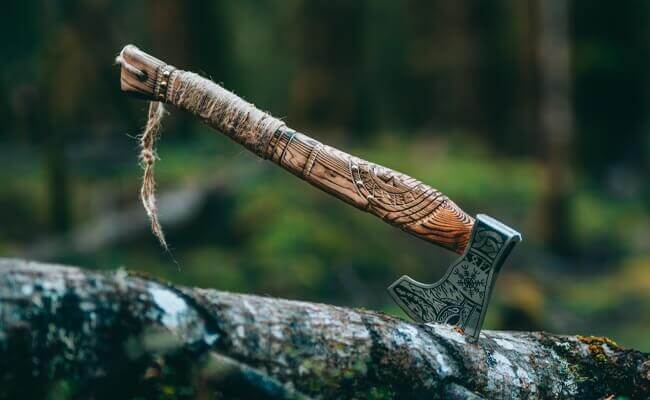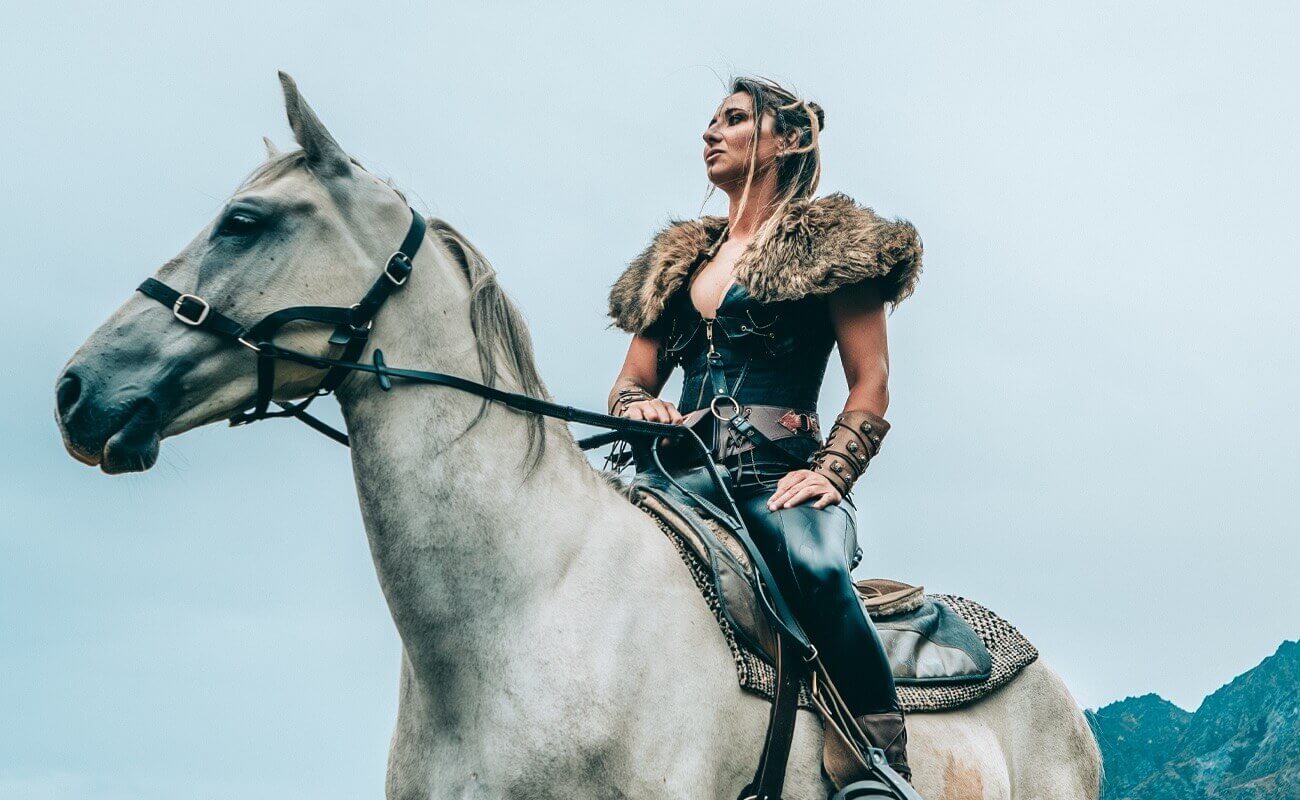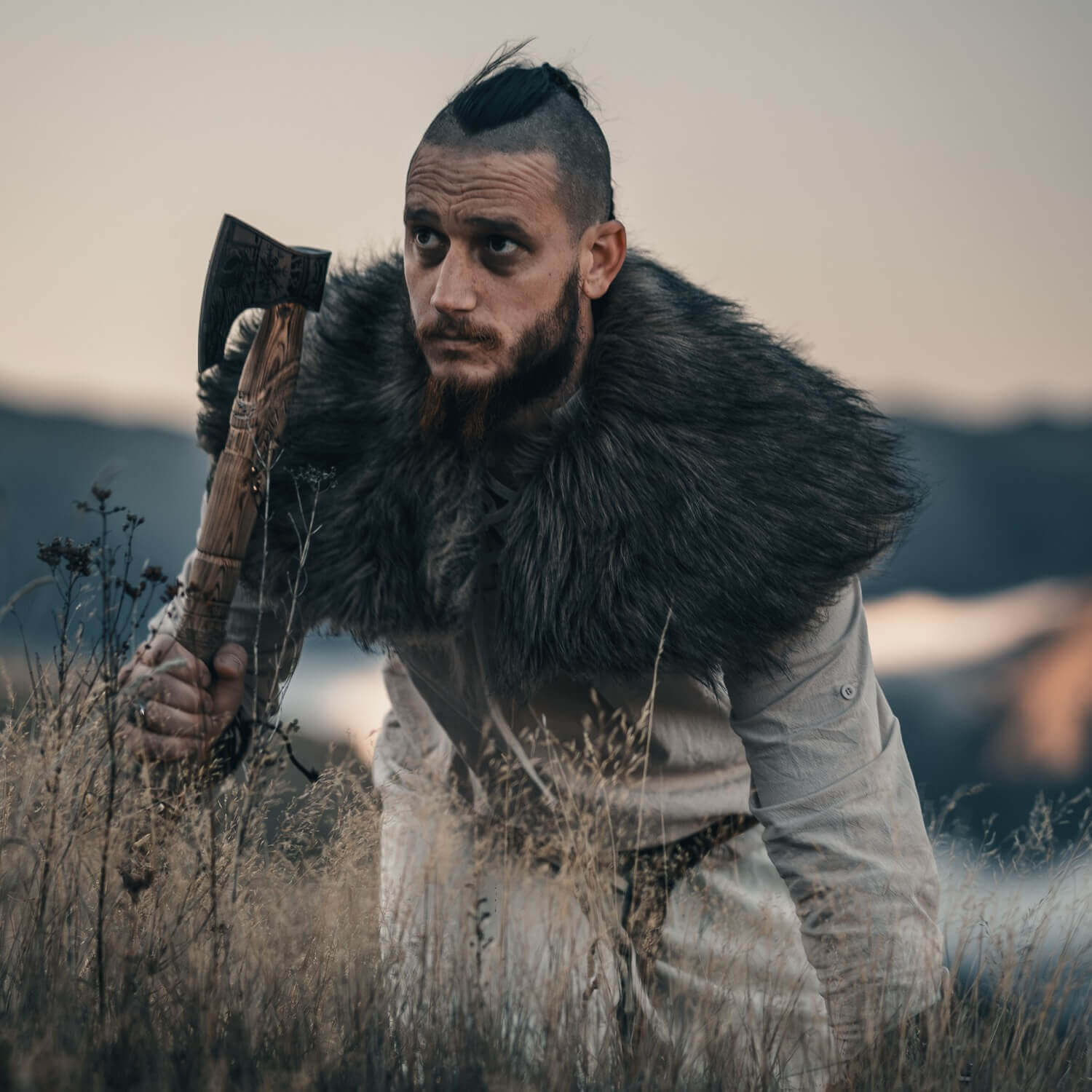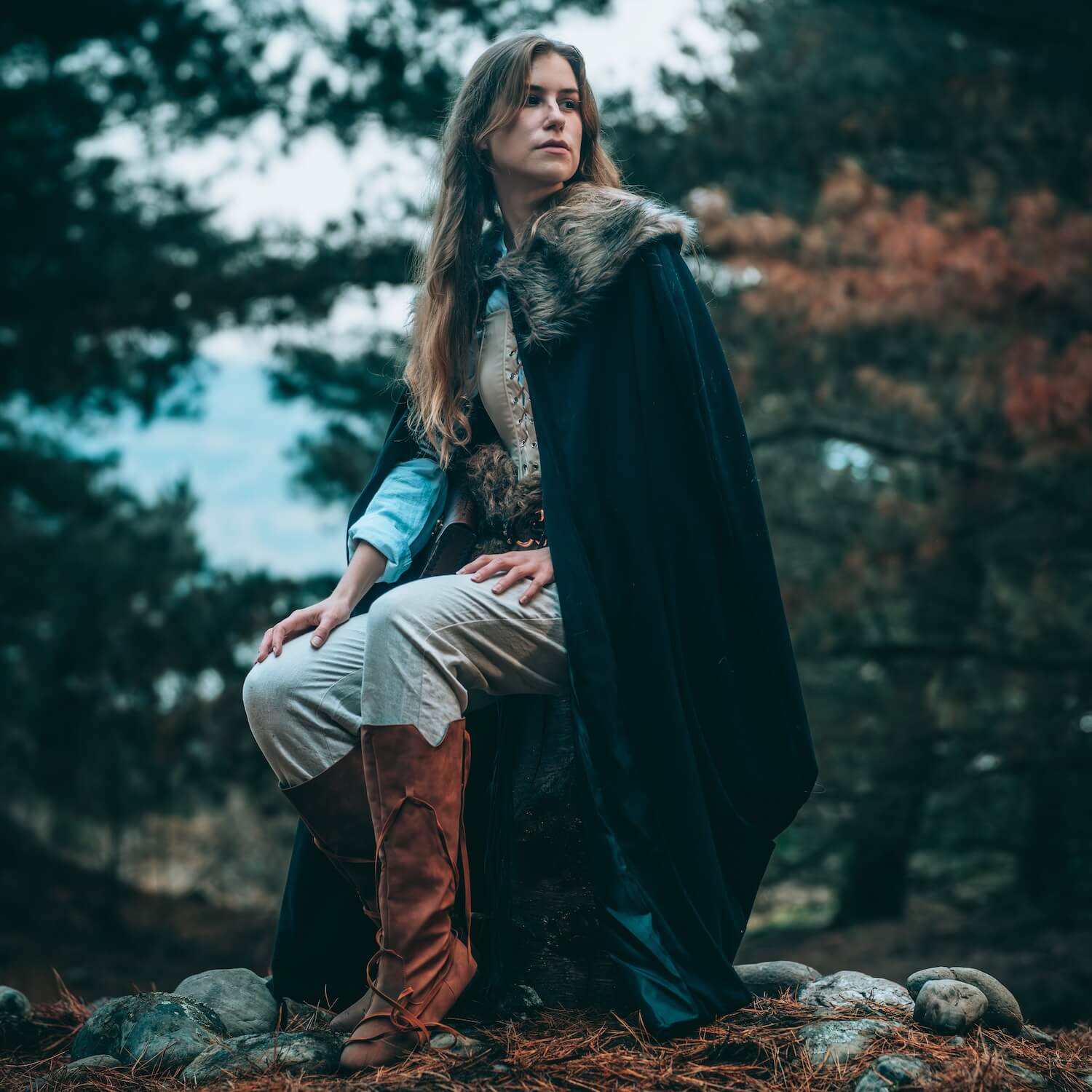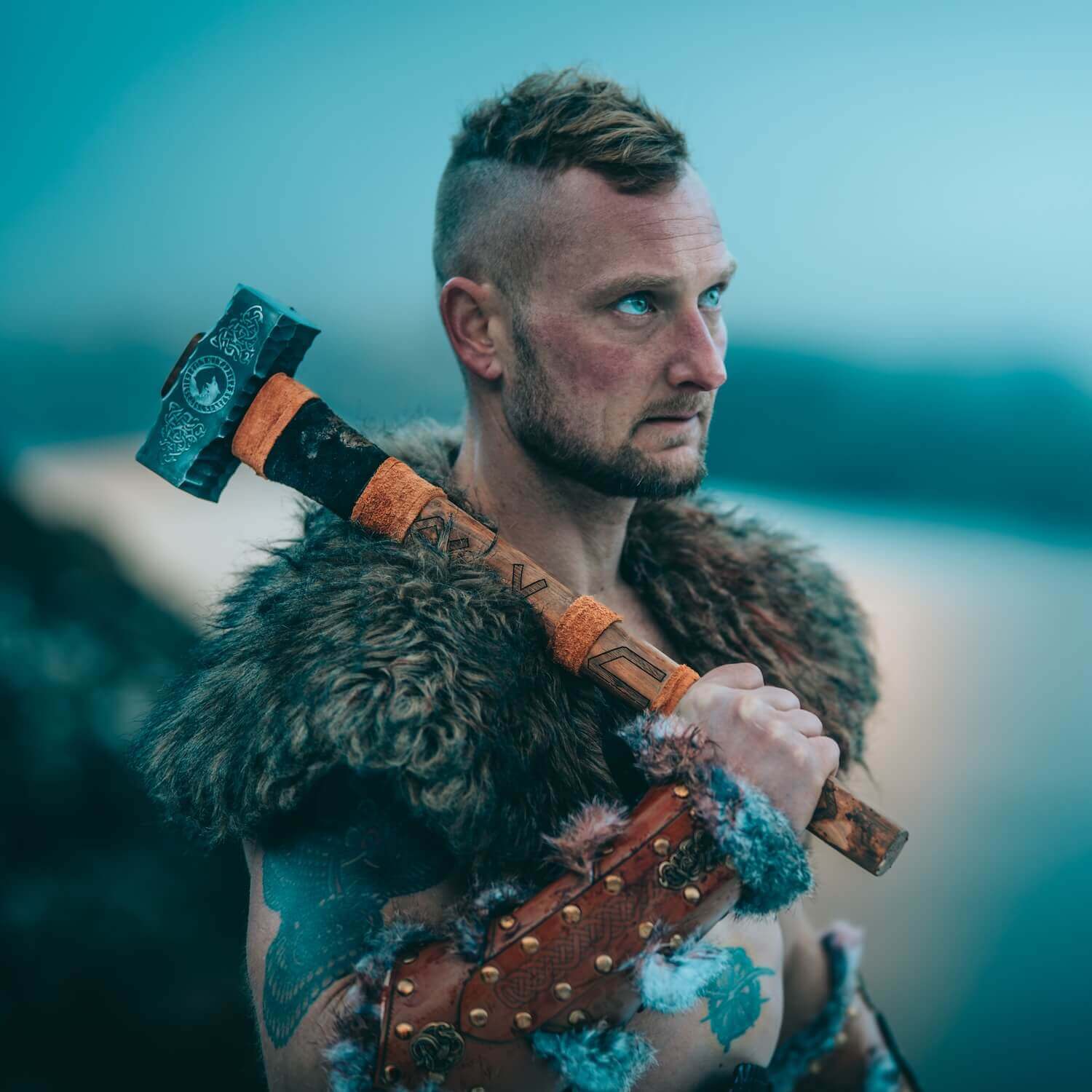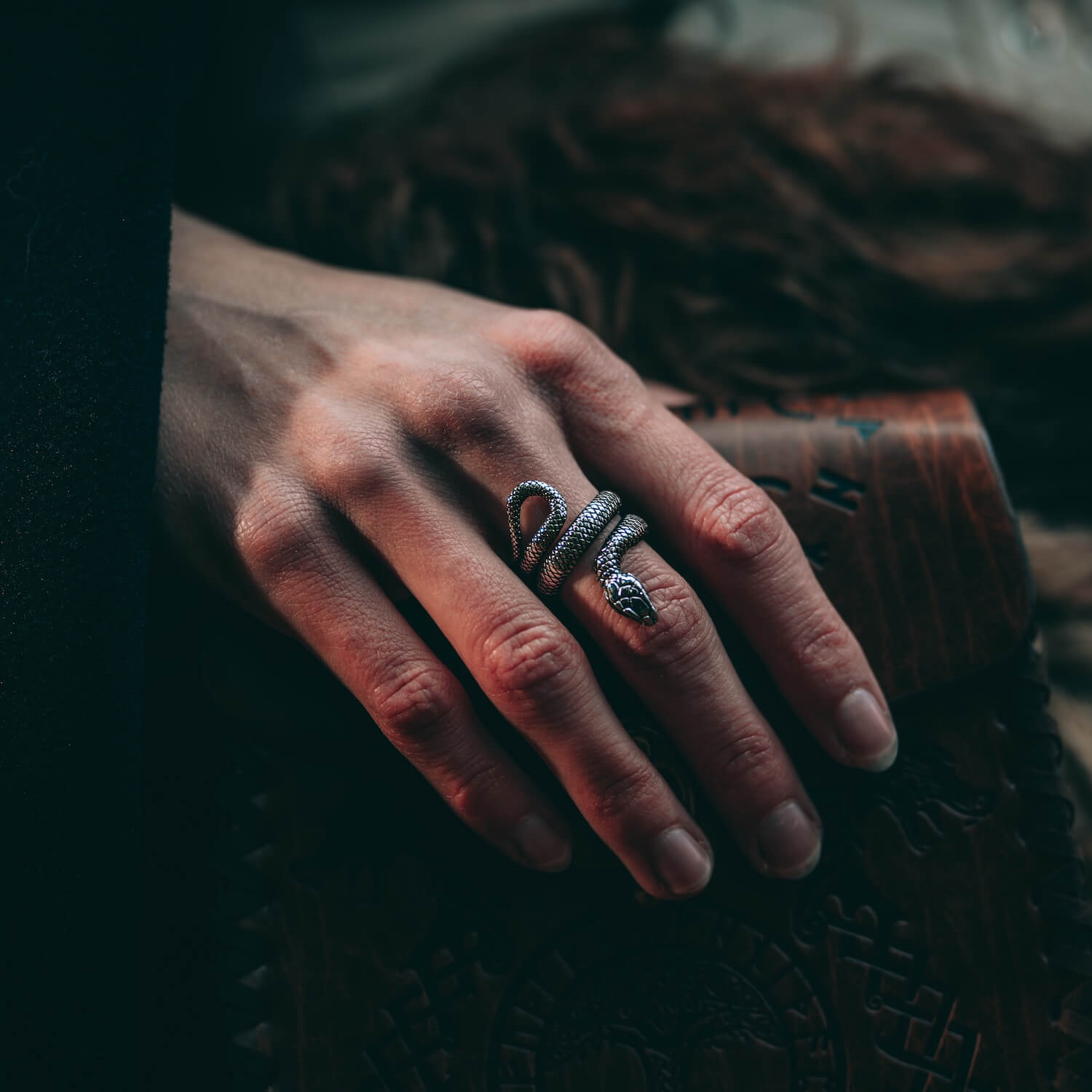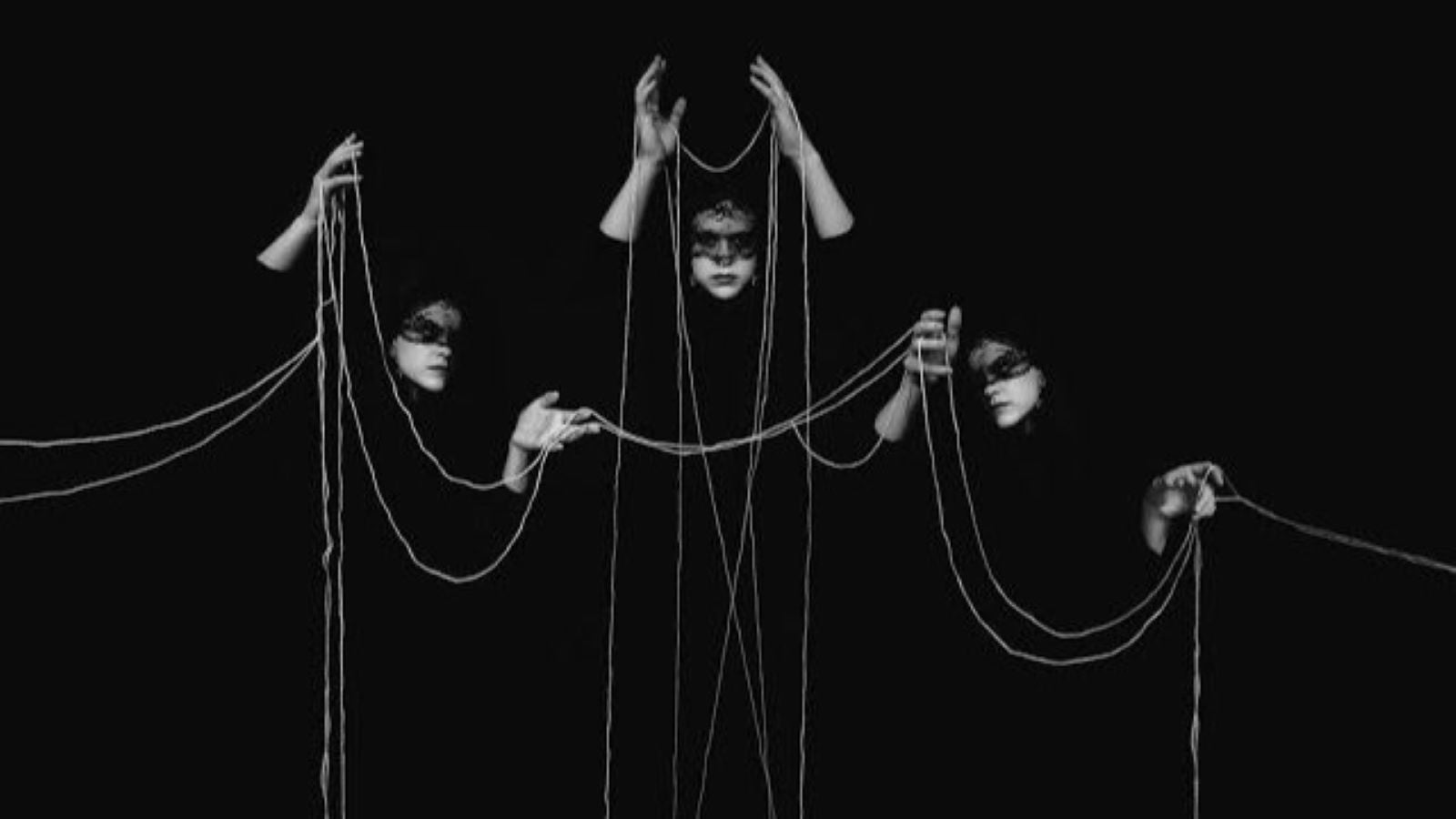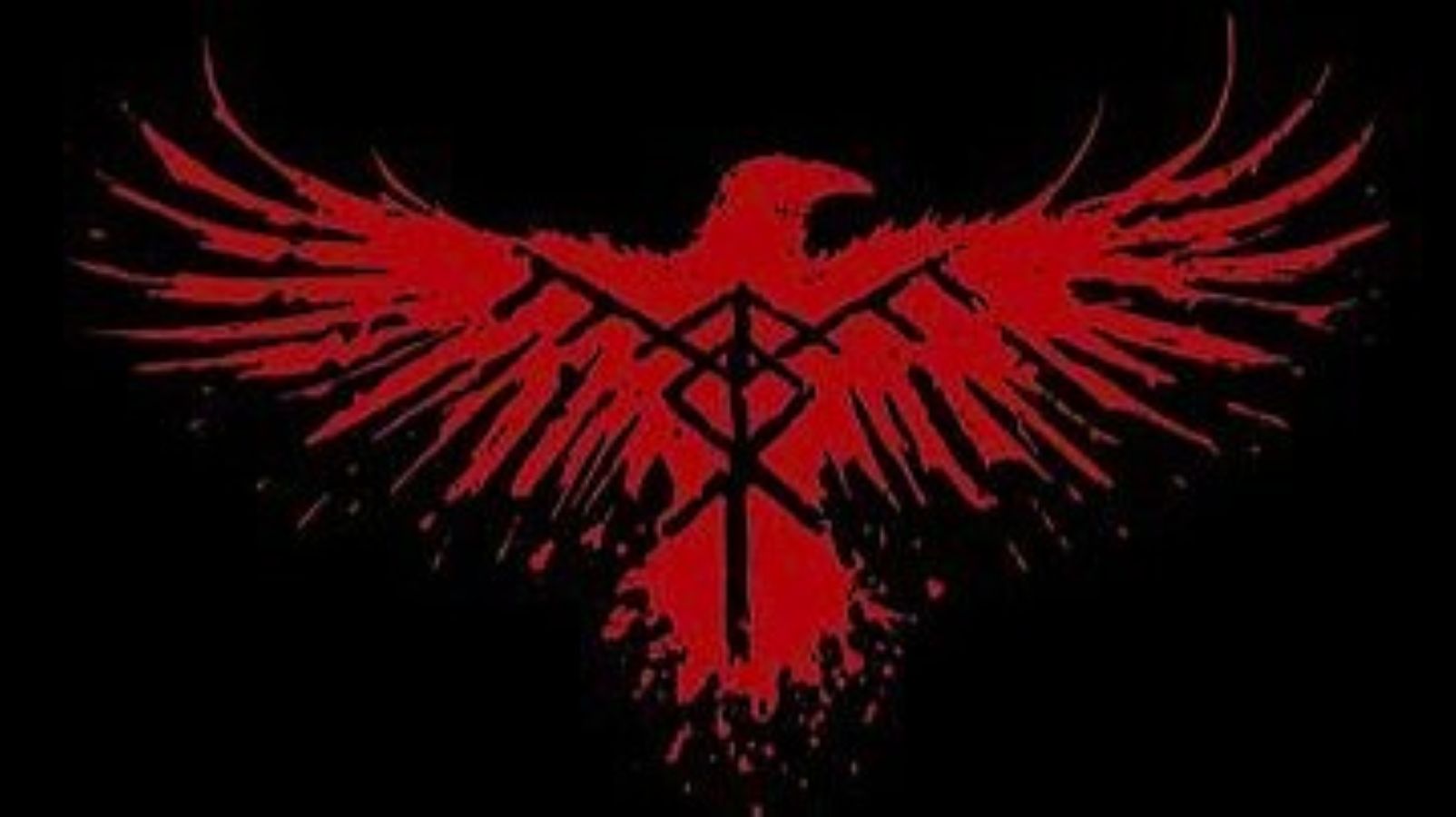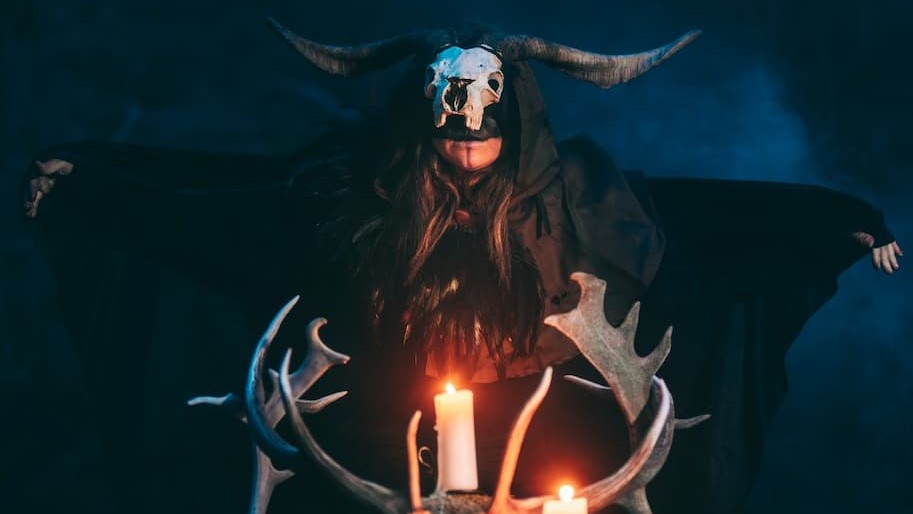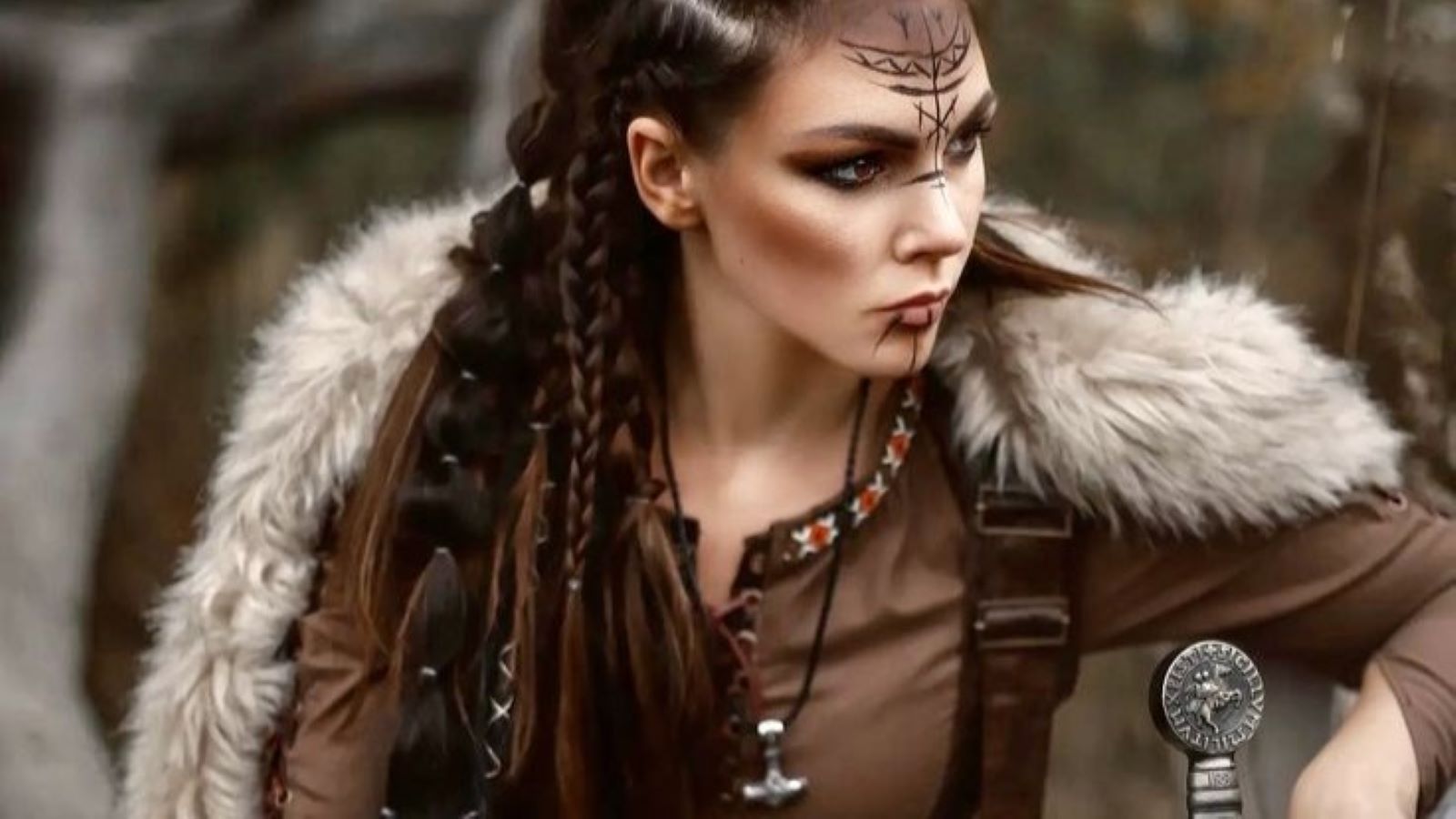
Viking Jewelry: Exploring the World of Norse Women's Adornments
The allure of Viking jewelry is undeniable. From intricate designs to the profound meanings behind each piece, Norse jewelry crafted by the skilled hands of ancient artisans tells a story of culture, power, and artistry.
Viking jewelry was not merely ornamental; it was a testament to the exceptional craftsmanship of Norse artisans. These skilled craftsmen used a variety of materials including gold, silver, bronze, and iron. Each piece was meticulously created using techniques such as casting, hammering, and engraving. The intricate designs often featured motifs from nature, mythology, and geometric patterns, demonstrating a deep appreciation for both aesthetics and symbolism.
Norse jewelry was laden with symbolism, often reflecting the beliefs and values of Viking society. Each piece had the potential to convey status, power, and protection. Key symbols in Viking jewelry included Thor's Hammer (Mjölnir), which symbolized protection, power, and bravery. Worn as a pendant, it was believed to bring the wearer the blessings of Thor.
The Valknut, comprised of three interlocking triangles, represented Odin and was often associated with the afterlife and the valor of warriors. Animal motifs like wolves, ravens, and serpents were common, each holding its own significance. Ravens, associated with Odin, symbolized wisdom and knowledge.
For Norse women, jewelry was more than just decoration. It was an essential part of their daily lives and social standing. Jewelry pieces such as brooches, necklaces, rings, and arm rings were commonly worn, often layered to display wealth and status. Brooches, particularly oval or trefoil brooches, were used to fasten clothing and were richly decorated, often with intricate filigree work. Necklaces, made from beads of glass, amber, and precious stones, often featured pendants with symbolic meanings. Rings and arm rings, typically made from silver or bronze, were sometimes engraved with runes or animal motifs.
Wearing Viking jewelry was a reflection of one’s social status and personal identity. For women, these adornments were a way to showcase their family's wealth and their own standing within the community. They also played a role in rituals and ceremonies, with certain pieces believed to offer protection or to bring favor from the gods. Some jewelry pieces were used in religious ceremonies or as offerings to deities. Jewelry was often passed down through generations, serving as family heirlooms and a link to ancestors. Jewelry items were traded across vast distances, highlighting the extensive trade networks of the Viking Age.
The legacy of Viking jewelry, particularly that worn by Norse women, is a testament to the intricate artistry and rich cultural heritage of the Viking Age. Each piece tells a story of the wearer’s life, beliefs, and social standing, woven together with skill and symbolism. Whether admired for their beauty or studied for their historical significance, these artifacts offer a fascinating glimpse into the world of the Vikings. In modern times, the allure of Viking jewelry continues, with many seeking to connect with this rich heritage through replicas and inspired designs. The timeless beauty and profound significance of Norse jewelry ensure that the legacy of these ancient artisans lives on, captivating the imagination of people around the world.

